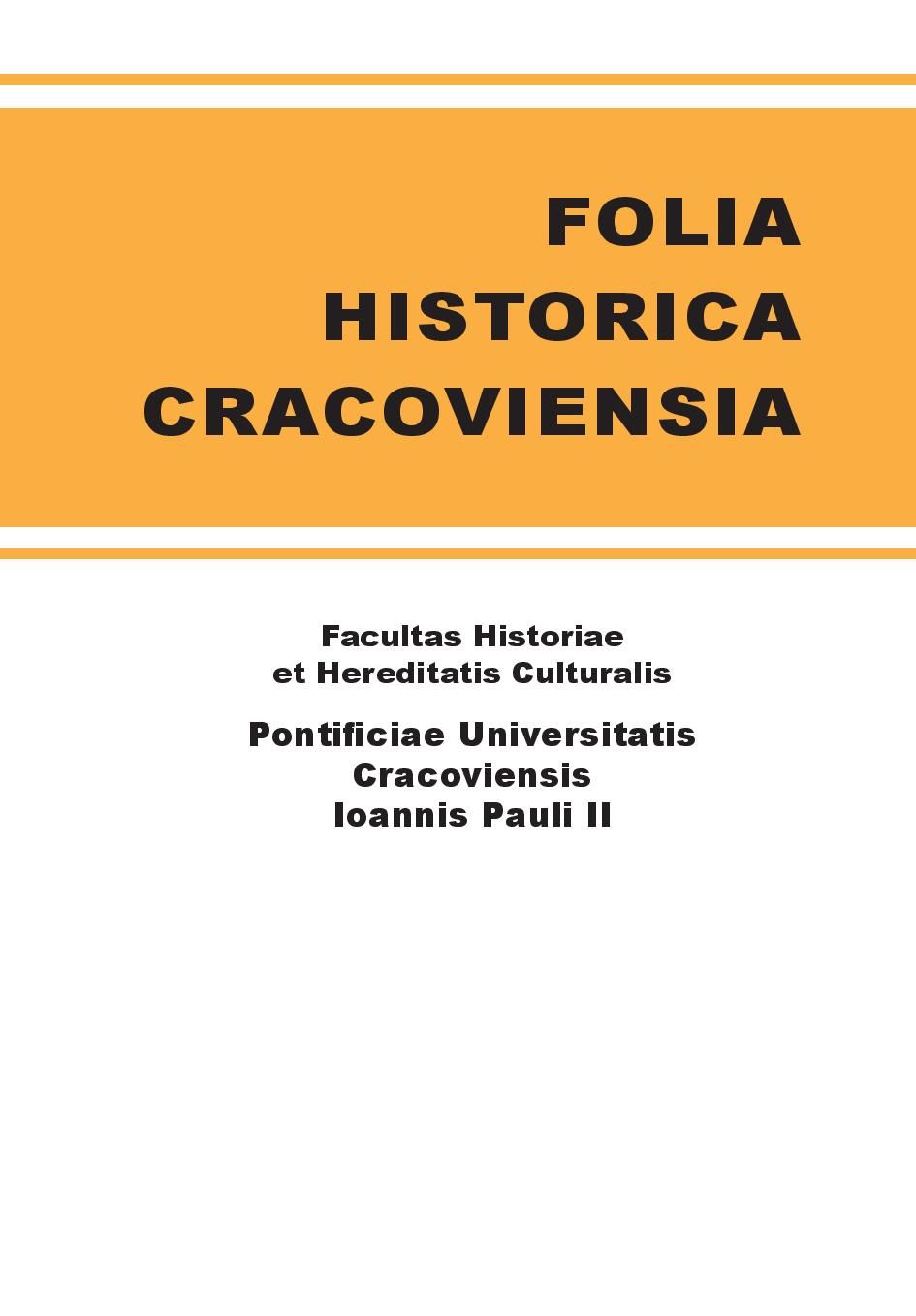Bielany – Krakow's favourite place. The connections between the Camaldolese of Bielany with Krakow in the Old Polish period
DOI:
https://doi.org/10.15633/fhc.1353Keywords:
Camaldolese, monastery in Bielany, KrakówAbstract
In the early 17th century the Krakow scenery was dotted with white monks: the Camaldolese, who arrived in Krakow following a difficult period of reformation and unrest which affected not only religious but also social, intellectual and moral aspects of human life. The Camaldolese came after the Council of Trent had restored order and integrity in the Church. By setting an example of their own mortification and silence, the monks strove to feed agitated Sarmatian heads with calm and composed thinking and acting, much like the serenity and harmony of their monumental monastery towering over the city. Here the simplicity of monastic life and poverty was combined with a Baroque "culture of excess", only to strengthen the Catholic faith and piety, shaming the iconoclastic austerity of the Protestants.
Downloads
Published
Issue
Section
License
Copyright (c) 2015 Andrzej Bruździński

This work is licensed under a Creative Commons Attribution-NonCommercial-NoDerivatives 3.0 Unported License.
Authors who publish with this journal agree to the following terms:
- Authors retain the copyright and full publishing rights without restrictions, and grant the journal right of first publication with the work simultaneously licensed under a Creative Commons Attribution 4.0 International License that allows others to share the work with an acknowledgement of the work's authorship and initial publication in this journal.
- Authors are able to enter into separate, additional contractual arrangements for the non-exclusive distribution of the journal's published version of the work (e.g., post it to an institutional repository or publish it in a book), with an acknowledgement of its initial publication in this journal.
- Authors are permitted and encouraged to post their work online (e.g., in institutional repositories or on their website) prior to and during the submission process, as it can lead to productive exchanges, as well as earlier and greater citation of published work (See The Effect of Open Access).

